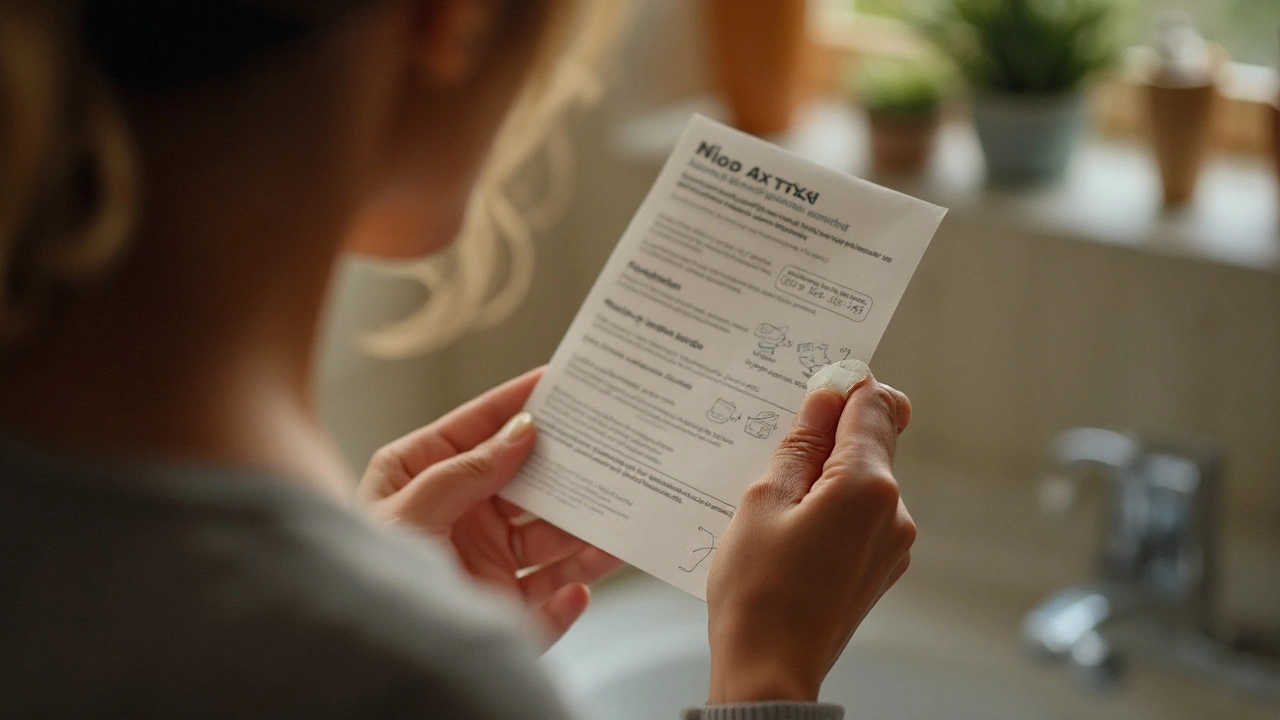Overactive Bladder: What It Is & How to Find Relief
If you find yourself rushing to the bathroom every few hours or dealing with sudden urges that are hard to control, you might be experiencing an overactive bladder (OAB). It’s a common condition that affects millions of adults, and it isn’t something you just have to live with. In this guide we’ll break down what OAB looks like, why it shows up, and what you can do right now to feel better.
Common Signs You Might Have OAB
The first clue is a frequent need to pee—usually more than eight times in a 24‑hour period. The second sign is urgency: a strong, sudden urge that’s hard to ignore. If you also notice occasional leaks when the urge hits, especially at night, those are classic OAB symptoms. Some people feel the pressure even when their bladder isn’t full, which can be confusing and embarrassing.
Other red flags include waking up multiple times to use the bathroom (nocturia) and having a small amount of urine left after you finish. These signs don’t always mean a serious disease, but they do signal that your bladder is sending mixed messages. If any of these sound familiar, it’s worth checking in with a healthcare professional.
Everyday Strategies to Tame an Overactive Bladder
First up, watch what you drink. Caffeine and alcohol can irritate the bladder, so cutting back may reduce urgency. Try to spread fluid intake throughout the day instead of gulping large amounts at once.
Pee on a schedule. Even if you don’t feel an urge, going every two to three hours trains your bladder to hold more comfortably. This “bladder training” can gradually increase the amount of urine it can store without triggering a rush.
Strengthen pelvic muscles with Kegel exercises. Tightening and holding those muscles for five seconds, then relaxing, does wonders for control. Do a set of ten several times a day and you’ll notice better support for your bladder.
If leaks happen during activities like coughing or sneezing, consider using absorbent pads as a short‑term safety net while you work on other steps. They’re discreet and keep you comfortable.
When lifestyle tweaks aren’t enough, over‑the‑counter options such as anticholinergic tablets may help. Prescription meds are also available; a doctor can match the right one to your symptoms and health profile.
Finally, don’t ignore the emotional side. Frequent bathroom trips can be stressful, but talking about it with friends or a support group can reduce anxiety and improve coping.
Bottom line: Overactive bladder is manageable. By watching fluids, training your schedule, strengthening pelvic muscles, and seeking medical advice when needed, you can regain control and cut down on those frantic bathroom runs.
